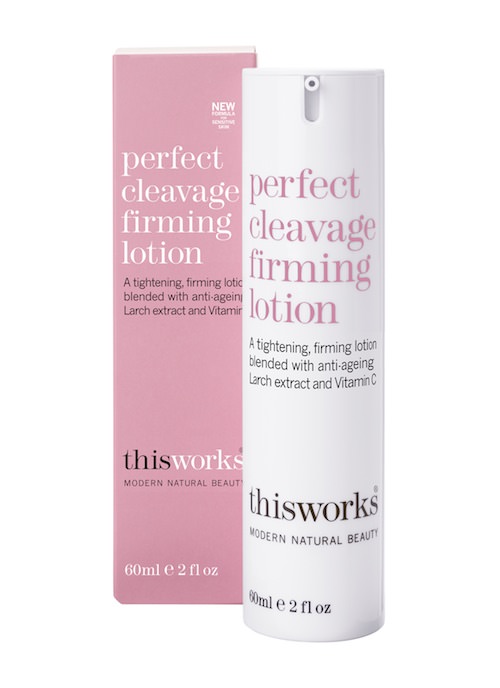Breast myth busting
Ever since breasts were trussed up, corseted and generally hidden from view, they have been a natural source of gossip throughout the ages. Passed down via many generations, certain myths still exist today, but most are grossly inaccurate. Let’s Talk Breasts seeks to separate fact from fiction and bust some falsehoods!
Bras prevent sagging
Ever since the humble brassiere evolved from the painful constriction of a corset, lingerie manufacturers and retailers have done their utmost to convince us that daily wearing will prevent ptosis – the medical term for drooping or sagging breasts. Although in many cases a properly fitting bra will help improve posture and assist with back pain, there is no evidence to suggest that wearing a bra stops the inevitable pull of gravity. In fact some scientists have even conducted studies in an attempt to prove that the opposite – bras cause ptosis – might be true…
Breastfeeding causes sagging
The act of nursing itself doesn’t cause your breasts to sag, however the weight gain during pregnancy and breastfeeding and the consequent loss thereafter as your body regains its shape, can have an effect, as your ligaments are stretched beyond their normal size.
Exercise alone can lift breasts
Breasts sag because their supporting ligaments and the skin around them stretches over time, and unfortunately there’s not a single thing we can do about it. Although the Internet is awash with various push-ups and pectoral presses all claiming to produce the same results as a surgeon, the truth is that these exercises will merely enhance the tone of the muscles above your chest, which can arguably improve the shape but cannot change the positioning of your breasts.
Wearing an underwired bra causes breast cancer
It has been claimed that tight or restrictive underwear compresses your breasts’ lymphatic system, allowing toxins to accumulate and thus cause breast cancer. However this myth has no grounds in any scientific study, and health professionals have concluded that there is no connection whatsoever between underwire and breast cancer.
Using a deodorant causes breast cancer
There have been many Internet and email rumours suggesting a link between underarm deodorants and antiperspirants, the very first of which claimed that wearing deodorant prevented your body from ‘sweating out toxins’. This was instantly debunked, because sweating is an entirely different waste system to that used by the lymph glands (the means in which cancer would travel from the breast around the body).
Next it was suggested that deodorants and antiperspirants contain parabens, which have weak oestrogen-like properties and have been found in some tumours, causing scientists to explore a potential link to breast cancer. The concern was that the parabens could be absorbed into the body via small nicks caused by shaving. To date no study has conclusively identified the source of the parabens found in the tumours, and scientists have concluded that parabens are so weak that the natural oestrogen levels in women’s bodies would overwhelm them, as would similar chemicals found in their diets.
What’s probably most important is that modern deodorants are parabens-free.
Latest Cream Review
Browse Categories
Most popular
Dr. Organic Moroccan Argan Oil Breast Firming Cream Review
Dr. Ceuticals Bust Boost Review
UK beaches uncovered: The topless top five
Palmer’s Cocoa Butter Bust Cream Review
The politics of breasts: Know your rights
Strapless, backless or plunging – bra solutions for every dress dilemma
Nutrition and lifestyle for breast cancer prevention


